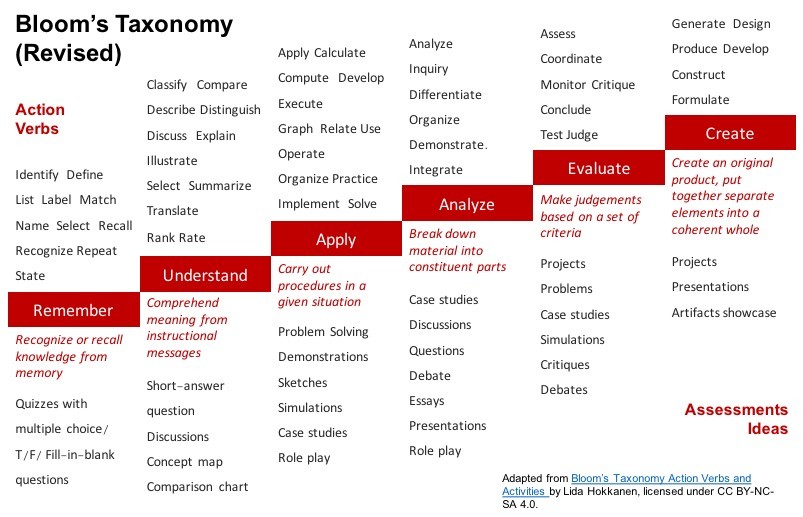Crafting effective learning objectives is crucial for successful instruction. This guide provides a step-by-step approach to writing learning objectives that are specific, measurable, achievable, result-oriented, and time-bound (SMART).
Learning objectives, often called learning outcomes, are concise statements outlining what students should achieve after a learning experience. Unlike broad learning goals, they provide specific criteria for assessing student progress. For example:
- Learning Goal: “Students will understand the water cycle.”
- Learning Objective: “Students will be able to diagram the water cycle and label its key components.”
Well-defined learning objectives act as a compass for instructors, guiding course design and assessment, and a map for students, clarifying expectations and facilitating self-directed learning.
What Makes an Effective Learning Objective?
Effective learning objectives are SMART:
- Specific: Clearly define the desired knowledge, skills, or attitudes. Avoid vague terms like “understand” or “learn.”
- Measurable: Use action verbs that allow for observable and quantifiable assessment. Think “define,” “calculate,” or “construct” instead of “know” or “appreciate.”
- Achievable: Set realistic expectations considering students’ prior knowledge, available resources, and time constraints.
- Result-Oriented: Focus on the learning outcomes, not the learning process. Describe the desired end result, not the activities leading to it.
- Time-Bound: Specify the timeframe for achieving the objective (e.g., by the end of the lesson, unit, or course).
 Revised Bloom's Taxonomy
Revised Bloom's Taxonomy
The revised Bloom’s Taxonomy provides a framework for categorizing cognitive learning objectives based on complexity, ranging from remembering to creating. Choosing verbs from higher levels encourages deeper learning.
A Step-by-Step Guide to Writing Learning Objectives
Follow these steps to write effective learning objectives:
1. Identify the Learning Outcome
Determine the specific knowledge, skill, or attitude you want students to acquire. For example:
- Understanding the principles of effective communication
- Applying statistical analysis to real-world problems
2. Choose the Right Action Verb
Select a measurable verb that describes the observable behavior demonstrating mastery of the objective. Bloom’s Taxonomy provides a helpful list of action verbs for different cognitive levels. For example:
- Knowledge: Define, list, identify
- Comprehension: Summarize, explain, interpret
- Application: Apply, solve, demonstrate
- Analysis: Analyze, differentiate, compare
- Synthesis: Create, design, formulate
- Evaluation: Evaluate, critique, justify
3. Write the Complete Learning Objective
Combine the action verb with the learning outcome to create a clear and concise statement. For instance:
- “Students will be able to define the four principles of effective communication.”
- “Students will be able to apply statistical analysis techniques to solve real-world problems using Excel.”
4. Refine and Review
Ensure your objective is SMART and aligns with your overall course goals and assessments. Consider using a checklist like the Learning Outcome Review Checklist from Cornell University. Example refinement:
- “By the end of the unit, students will be able to analyze a case study and identify three instances of ineffective communication, explaining how each violates a principle of effective communication.”
Aligning Learning Objectives with Course Components
Learning objectives should drive all aspects of course design, including content, activities, and assessments. Misalignment leads to confusion and ineffective learning. Ensure your assessments directly measure the skills and knowledge described in your objectives. For example, if an objective requires students to “compare and contrast,” the assessment should not simply ask them to “describe.”
Conclusion
Writing effective learning objectives is foundational to good teaching. By following these guidelines, you can create learning objectives that provide clarity, focus, and direction for both instructors and students, ultimately leading to more successful learning experiences. Remember to utilize resources like Bloom’s Taxonomy and review checklists to refine your objectives and ensure they are truly SMART.
